Cervelo Caledonia: Road Bike of the Future
I got a box by parcel delivery from Cervelo. I didn’t know what was in it other than it was a bike, by the contour of the box. I opened the top flaps, took the bike out and placed it in my workstand. I finished assembly, took it out and rode it the following morning, and two things occurred to me.
First, that they finally made the R3 Mud! Second, that if you made a use-case graph for all of Cervelo’s bikes, this one would span all the way from serious road race to light-to-moderate gravel.
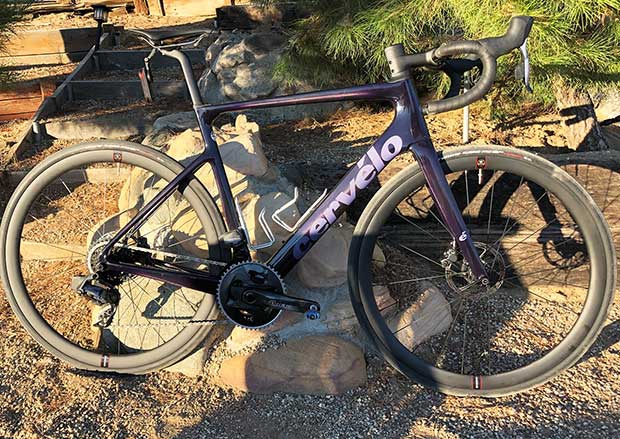
I was later apprised of this bike's name, Caledonia, and are some things about this bike I prefer were different and I’ll get to that below. But first let’s talk about the road bike of the future, because that’s what this is: not necessarily the Caledonia per se, but the platform on which the Caledonia is built – the imperatives that underpin the design of this bike. For years, and years, and. years, the gearing on my road bikes never quite caught up my (lack of) leg power. When I began cycling in the 1970s my low gear was a 42×21. As I got older I migrated to lower gears. When I aged into my 50s it was 34×26 and then 34×32. But my ambitions were always larger than my quads (I like to climb steep, difficult hills). The gearing on the Caledonia-5 that I rode features 48×35 and 10-36 gearing. I believe I finally have a road bike with gears that match my capacity to turn them.
Then there is the tire size: 30mm road tires came on the bike, with the capacity for up to 34mm. The Caledonia is tuned for the comfort and steering associated with longer, mixed-surface efforts, but with attention to aerodynamics in spite of its creature comforts. Finally, there’s urgency-for-safety designed into this bike and I’ll get to that in the discussion of the Accessory Mount.
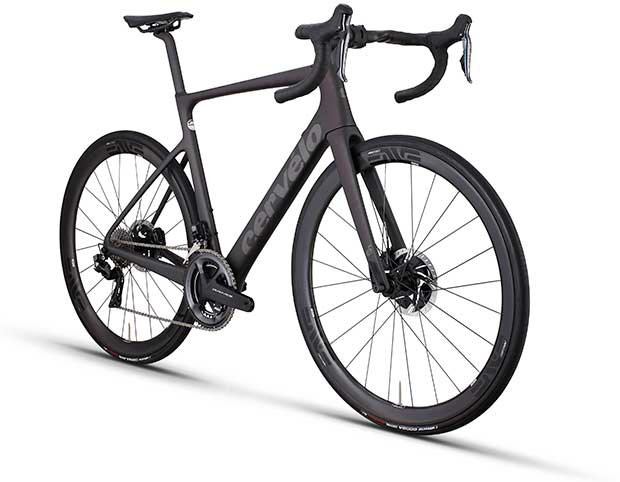
History
Let’s revisit the R3 Mud, for those who don’t know the story. Cervelo has a recent but rich history in Pro Tour Cycling. Yes, its rider won the Tour de France (Carlos Sastre). But what I remember were great Classics riders aboard Cervelos, guys like Tor Hushovd, Roger Hammond, Johan Vansummeren. Hushovd wanted a more comfortable bike for the cobbles. Cervelo’s engineers pulled the dropouts out of its workhorse road bike, the R3, lengthened the chain stay, gave the bike more tire clearance and, voila, the R3 Mud. Hushovd got 3rd and then 2nd at Paris Roubaix on the R3 Mud, and then Vansummeren finally turned the trick the next year, in 2011, winning the king of Classics on that bike.
My own everyday road bike back then was an R3 and of course I pestered Gerard & Phil mercilessly for an R3 Mud back then. “Why don’t you just make the bike? It’s the bike I want! It’s the bike of the future!”
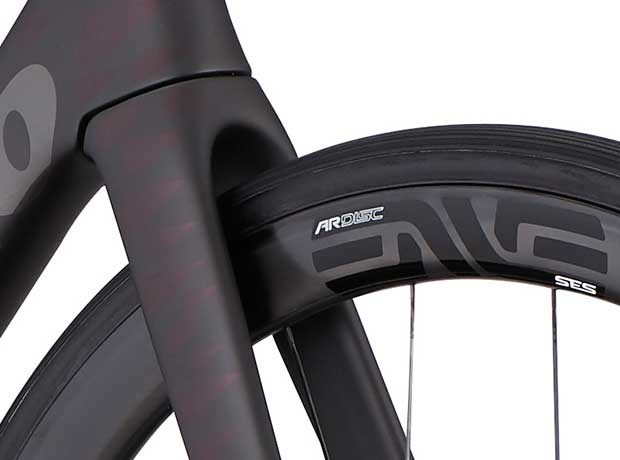
Cervelo’s Narrative
It took a while, but here it finally is. It’s got all the aerodynamic features you’d want in a road bike, as well as attention paid to how the bike should handle for most riders: rock solid while on 50mph descents, surfing a short board when climbing out of the saddle, but not the ultra-quick handling of a crotch rocket. The Caledonia is not the latest candidate for “who can make the stiffest bike.” It’s appropriately stiff but, like skis, there is a thing as too stiff. The Caledonia isn’t.
A few days after getting the bike I got an email with a link to a download folder on the Caledonia, and the PDF describing this bike began with, “Inspired by the R3 Mud.” It’s nice to know that what Cervelo has in mind for the bike parallels my independent impressions of it. When I wrote to Cervelo about my instincts about the Caledonia I referred to it as the “road bike of the future.” They more succinctly call it Modern Road, and I think that’s about right.
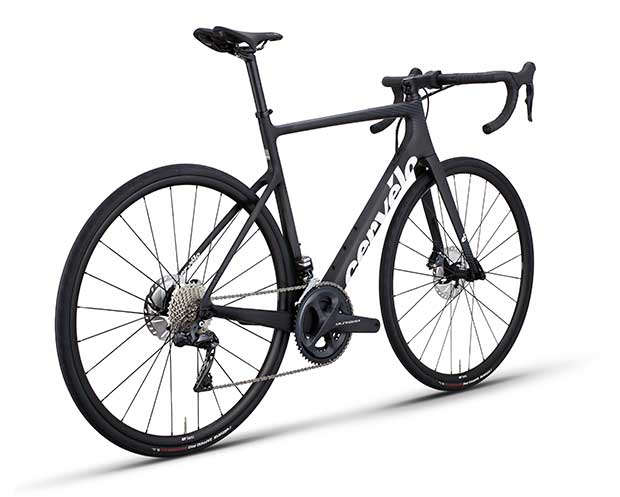
Frame style
The Caledonia exists as 2 frame motifs appropriate for both the midrange and high-end price points. The midrange Caledonia weighs around 1460 grams frame & fork, and features a round seat post; a slightly different interface between frame and fork; and a traditional stem that does not have the brake cables routed inside the stem. The Caledonia-5 is the high-end version, and this is what I’ve been riding around. It’s a blend of absolute aerodynamics – no visible cables, period – with a workhorse chassis. It’s like Lamborghini's take on an SUV. It weighs 1300 grams frame & fork which I consider ridiculously light, but I guess that’s the state of the art these days.
The bikes are otherwise geometrically identical and you’ll see below, on the topic of fit, that this bike fits exactly the same as the R series, and this has been Cervelo’s traditional road geometry for more than a decade. However, the geometry is tweaked as regards to how the bike handles: the handling has been quieted down (though I never found any of Cervelo’s bikes “loud” handlers). Also, there’s tons of clearance for tires; you can ride tires up to 34mm, which is about the clearance you’d expect out of a cyclocross bike.
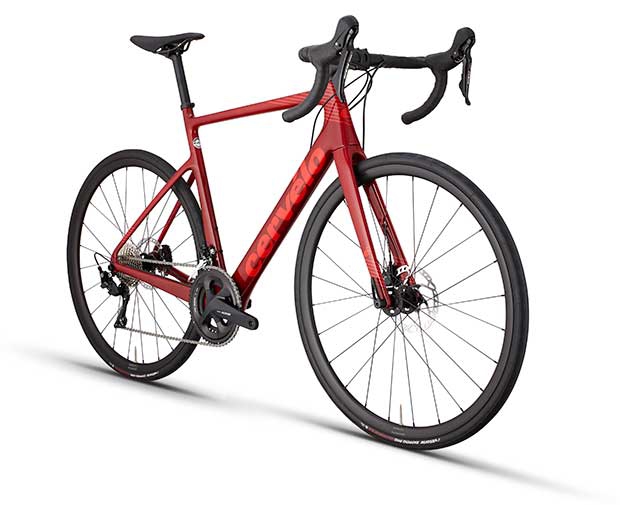
Spec
The Caledonia is the midrange frame. The top end of the spec for this frame is Shimano Ultegra Di2 8050, and geared with 52×36 and 11-34 and 30mm tires. Below that, you can get this bike with mechanical Ultegra 8000 or 105 7000, and the gearing and tire size is the same. The least you can spend is $2,900 and that's for a Shimano 105 build.
The Caledonia-5 is the flagship, and when it's built with SRAM it's eTap AXS, in either Red or Force. I haven’t so far found Force AXS to be enough of a downgrade to want to spend more for Red; Force AXS is just great. You can also get this bike in Shimano Di2, both Dura Ace and Ultegra (8050 and 7050), or Ultegra mechanical.
I keep bringing up the gear choices because all the SRAM options come with 12sp, 10-36 and 48×35. All the Shimano groups come with 52×36, and 11-34.
With one exception. The Dura Ace Di2 build on the Caledonia-5 comes with an 11-30 cassette. This is a deal breaker for me. That wider gearbox on the Ultegra Di2 bike is enough right there to cause me to go that route, but remember my use for this bike. I’m a climber (not a good climber; but still a climber). You might find the 11-30 preferable, because you’re either stronger than I am or you don’t climb a lot of steep hills. The gear jumps won’t be as great on the 11-30.
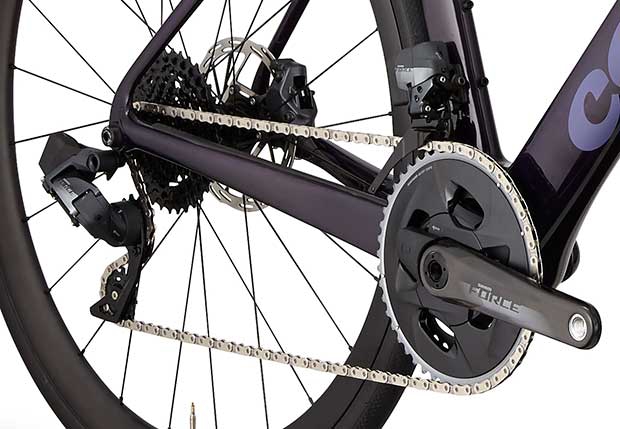
All the Caledonia-5 bikes have power meters built in: It’s 4iii on the Shimano builds and Quarq on the SRAM.
As you’ve noted, the bikes all come with a 30mm road tire front and rear. The bike I rode had those tires mounted on Cervelo’s new wheel brand, which is called Reserve. I will write about the Reserve wheels separately. The various builds feature wheels from Zipp, ENVE and DT Swiss.
As to tire size: I have ridden Schwalbe’s 30mm Pro One tubeless road tires on gravel, and this is the ideal size for smooth pavement, cracked and potholed pavement, and rideable dirt. Yes, you can ride as skinny a tire as you want on this bike, but I don’t prefer anything thinner than 28mm anymore.
All the bikes in both frame styles come with Cervelo’s Accessory Mount, and this is so cool I’ve devoted a section below just to this.
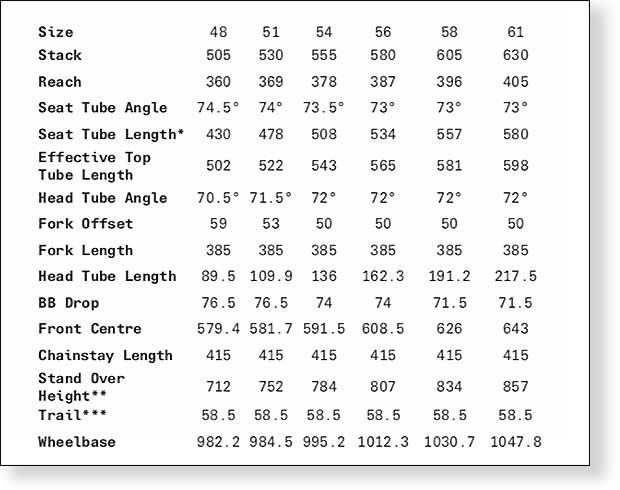
Fit
What Cervelo’s designers like to say is that they’ve decoupled fit from handling. What does that mean? The Caledonia fits exactly like the traditional R3. For example, the stack and reach of the size 58cm is 605mm x 396mm. That’s a pretty traditional fit. It’s not race, and it’s not endurance. It’s smack dab in the middle. The size 56cm has a stack and reach of 580mm x 387mm. I traditionally have owned and ridden the R3 in a size 58cm, which would make sense at my 6’2” height.
However, the front end of that bike is actually a slight bit tall for me in a 58cm size. I have to ride it with the front end slammed, -17° stem, and even then it’s not got quite as much drop as I want. Why not ride the 56cm? Because it’s not got quite enough length for me “below the waist,” as I like to say. Down there near the ground: the wheelbase or, in my particular case, the “front/center”, which is the distance from the bottom bracket to the front wheel axle.
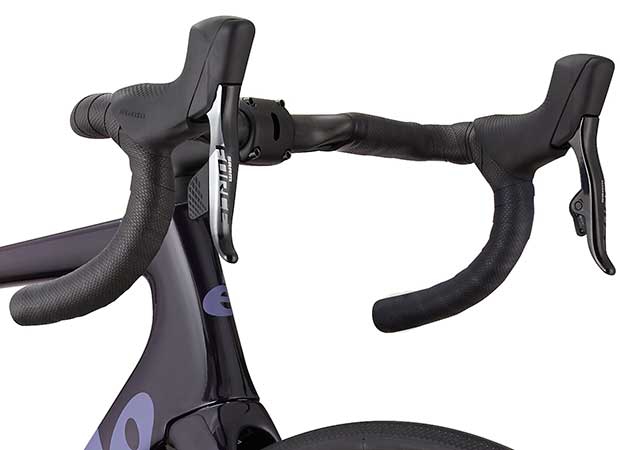
This is where the Caledonia gets interesting. Remember, this is the commercial version of what was the R3 Mud. It’s designed to be compliant, comfortable, and ready for the long haul over difficult terrain – races like the Paris Roubaix. How does it do this? With a combo of a slacker head angle (72° in my size) and a lot more fork offset (50mm). This doesn’t change the bike above the waist – how it fits – but it does really alter the steering geometry and the stability of the bike. In fact, this bike in 56cm actually has 4mm more front/center than the old, original R3 has in size-58cm. The bike also sits a few millimeters lower to the ground (bottom bracket drop) than the R series bikes.
Bottom line: My size in this bike is now 56cm, not 58cm. Furthermore, I ride it with the same length stem I typically chose in size-58cm, because there’s something about the ergonomics of SRAM’s hydraulic road brifters that lengthens the cockpit, at least for me.
The upshot, fitwise, is this bike is kind of 2-bikes-in-1. It’s size-58cm for a guy my size, if you ride a slightly higher front end. It’s a size-56cm for a guy my size if you ride a lower front end, and you can get away with it because of both the longer wheelbase (it’s got a semi-longish chain stay at 415mm) and especially the longer front/center.
Stem/Handlebar
The Caledonia has a traditional bar/stem. The Caledonia-5 has completely internal cables. I’ll give you a buck if you can spot a cable. Cervelo has made life a little easier for you who want to change the height of your handlebars without disconnecting, unrouting, rerouting, reconnecting, and bleeding the hydraulic brake lines. It’s split headseat spacers allow you to raise and lower handlebar height without engaging in any of that routing hell.
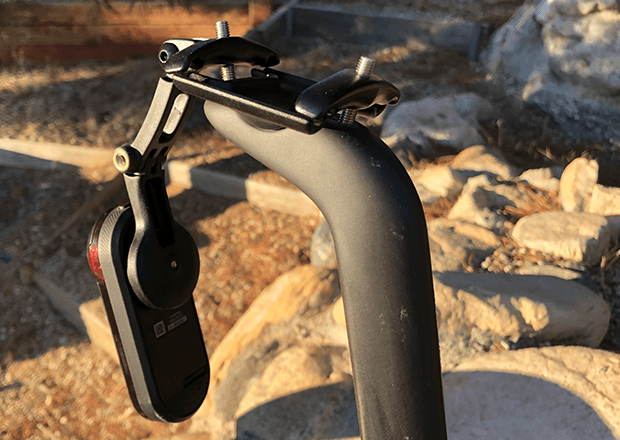
However! What if you need to change the stem? You’re in routing hell. This isn’t a beef I have with Cervelo; it’s a beef I have with the entire bike industry. Cervelo ships the bike to your LBS without the brake lines installed and bled, with the idea that you mount your stem of need first, then install and bleed the brakes. This is sound thinking. The problem, though, is that the bikes are likely to be built anyway, for floor display, and because you’ll want to do the test ride. Whatever. Here’s my point: Be double darned sure you have the stem you want on this bike before you’re out the door. Make sure your LBS has Cervelo’s aftermarket stems in stock. And, get the assurance from the LBS that if you find you need to bring this bike back for a change of stem (within some reasonable period of time, say, a week or two), that the dealer has the stem on either side of your bike’s stem in stock and that the dealer is willing to change the stem and bleed the brakes no charge to you.
If you’re buying the Caledonia you don’t need to worry about any of this. It’s only the Caledonia-5 that requires this attention to stem length. If you look at the images here, if you see cables it’s the Caledonia. If you don’t, it’s the Caledonia-5.
Accessory Mount
The happiest guy about this will be our own Matthew Hill. Matt writes about our lights; he covers a lot of head units; and if it’s about safety Matt’s our guy. Matt just wrote about Cervelo’s Accessory Mount, without knowing it existed. He wrote about what ought to be, rather than what is, not knowing that I was riding around on it.
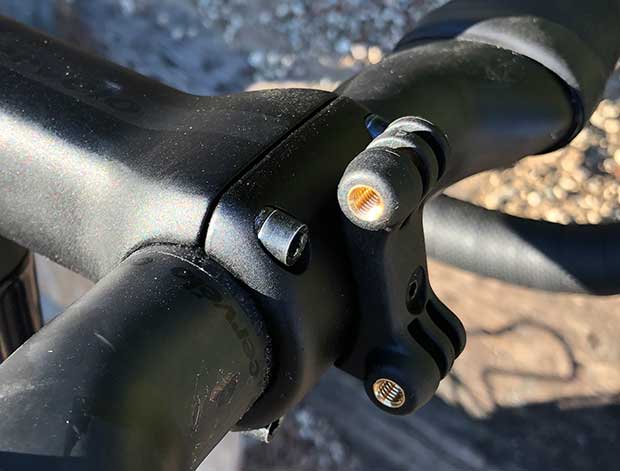
Here is what Matt wrote: “My friends, Go-Pro mounts aren’t just for cameras anymore… I am a zealous advocate for the adoption of a universal light mounting standard for bikes. It’s more than a little ridiculous that we’re reduced to zip-tying and rubber strapping lights on to our multi-thousand dollar bicycles like an afterthought or an affectation. It’s well past time that bike designers include provisions for light mounting in those designs, and while I think the “standard” that those mount points should adhere to is still open to applicants when it comes to rear lights, I’m going to go out on a limb and suggest that the ballot for front lights has been read, and the winner is the Go-Pro style mount.”
With that in mind: in the pics above and below are a pair of mounts, front and rear. They’re designed around the GoPro style. The rear mount is the hardware I’ve configured for a Garmin Varia, and it’s built into the seat post bracket hardware. My configuration is designed to go around the behind-the-saddle bag I use for spares. Cervelo designed it with this in mind.

The front mount integrates with the stem. You can’t see it, but there’s a slot in the Cervelo stem faceplate that accepts a sliding piece into which you bolt this fixture. It slides so that you can adjust the tilt to suit. There is a double and a single version of this mount included with your Caledonia, and the double is what I’ve snapped a picture of. The point of the double is so you can mount your head unit atop (for your power meter, general computer use, navigation, and your Varia display) and the below-mount is for either your front light or your action cam.
If you read Matt’s article, you’ll see that Matt has a dual-front Lezyne mount system onto which is affixed a head unit above, a Lezyne light below, and it all uses a GoPro style mounting platform.
The one small picky thing about Cervelo’s included system (this entire Accessory Mount system is included on all the Caledonia models, the “5” as well as the “not 5”), is that I can’t configure the Varia mount as I did, and also the head unit, with the included hardware. I’m one piece of hardware short. If I had one more Garmin/Wahoo device mount I'd be good. The aftermarket parts are available from K-Edge. However, I couldn’t divine exactly what to order from K-Edge’s site. I’m going to ask K-Edge to answer this, and either place it in the Facebook comments below, or to me directly and I’ll place an addendum to the article. Also, it may be that Lezyne has lights, and head unit mounts, that’ll work. We’ll follow up on that.
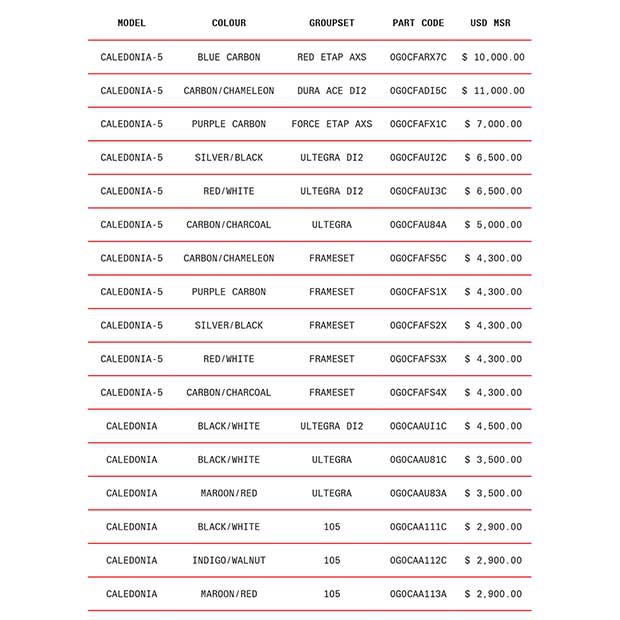
The mounts shown here have pucks both for Wahoo and Garmin. Just, funny thing, you need to use the Wahoo mount for the Garmin Varia on my set up, because the Varia is oriented 90° from the Garmin puck when used with Cervelo’s Accessory Mount. Anyway, point is, this is terrific. Every now and then Cervelo comes up with something that is perfect for the aftermarket. It almost never capitalizes on it, because Cervelo doesn’t have a large enough dealer base to support an accessory product line.
That said, Cervelo’s stem (the faceplate of which is made to work with this Accessory Mount), and its seatpost (same thing) and the mounts themselves, are just way in front of what any bike company is doing that I know of. Just like when Trek originally launched the Speed Concept contemplating all the mounts, bolt-ons and storage into the frame design, Cervelo is the first road bike brand that I know of that’s integrated a GoPro style mount system into its frame design. Bravo.
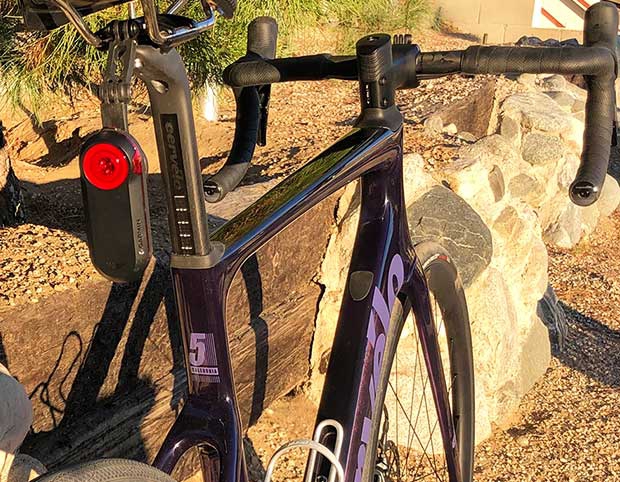
Cosmetics
My staff staged an intervention once, during my life as a bike maker. “You aren’t allowed to decide on cosmetics any longer; we’ll take care of that from now on.” I mention this because I am not the style arbiter. Pay no attention to what I say on this matter.
My wife, however, is another story. While walking from point A to B on The Compound she saw this bike leaning against the wall. She halted, gazed, and began to extoll the beauty of this bike as she has not done in the 15 years we’ve been married. Later that morning a girlfriend with whom she rides showed up, saw the bike and, unprompted, started in likewise.
Maybe it was just the specific purple color of the bike I had. I don’t know. I don’t care. My cycling shoes? Yes, I care. The bike? Not so much. And if I did care it doesn’t matter because I have no taste (apparently). So, don’t take my word for it. Just, the people who do care and who do have taste in bike cosmetics – which are in my experience chiefly women – have given the particular Caledonia-5 I rode 4 big thumbs up.
Price & Delivery
The Caledonia-5, complete, begins at $5,000 (Ultegra Mechanical) and ends at $11,000, and this is the SRAM AXS Red. To me, the sweet spot in this bike is AXS Force. It’s got the gearing, the shifting, I carry around one SRAM eTap battery in my spares bag just in case a battery goes kaflooey and I haven’t had to use the battery yet. But it’s there if I need it.
The Caledonia tops out at $4,500 (Ultegra Di2) and this is a very compelling bike at this price. It is very hard to beat Shimano’s shifting. Strike that. It is impossible to beat Shimano’s shifting. This bike has a low gear of 36×34, not precisely the low gear I want, but pretty darned close. The low available price for the Caledonia is $2,900 and that’s Shimano 105 shifting, same gearing, same 30mm tire size.
The Caledonia and Caledonia-5 should be in your local bike shop right now, if that shop carries Cervelo.


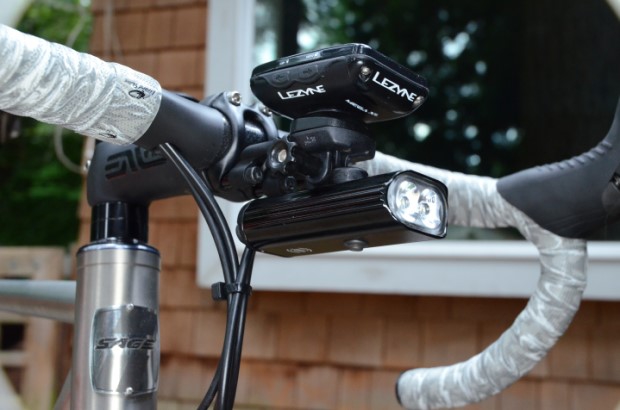
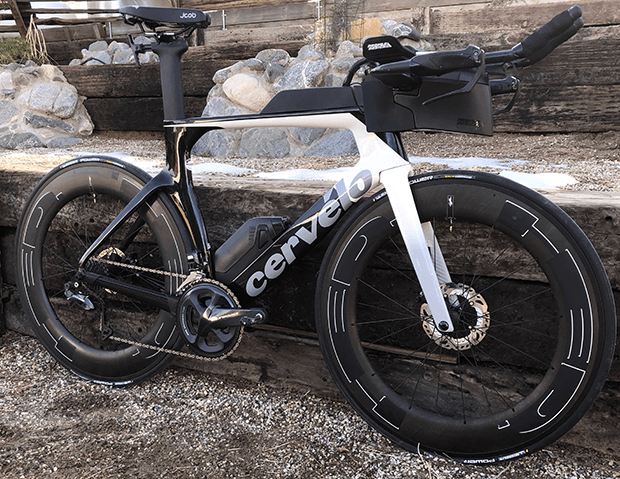
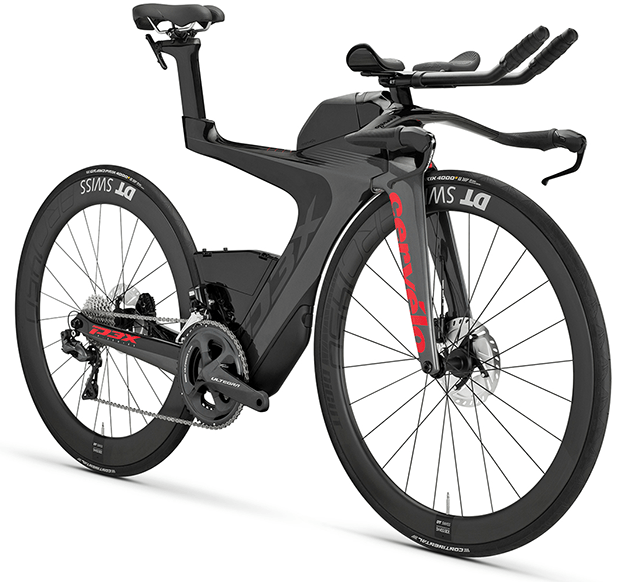
Start the discussion at slowtwitch.northend.network